Inspired by the Peak Park’s 1998 report of Hay Meadows, I was determined to explore the beautiful shape and colour of the ever more disappearing Hay Meadow.
Having loved so many days in the Peak District photographing the flowers’ detail, random array and searching for elusive colour combinations, I had many happy memories of peaceful solitude, bird song and nostalgic smells of grass meadows with only a camera for companion. I wanted to revisit that place not least of all as a ‘pick me up’.
When a colleague at the park sent me the Hay Meadow report for an illustration we were doing, I was delighted to find it contained a definitive list of the wild flowers and a great deal of background information to draw on. Heaven.
Weary of too much time spent alone, I was fortunate enough to spend time with an old friend who lives on Dartmoor. I would like to add, in a house. Although camping would have been most acceptable, I didn’t need the wilderness to revitalise me on this occasion and I set about drawing and searching for the simplest lines, the commonest threads of these most extraordinary treasures of the flower meadow. It proved a most rewarding experience and tapped into those old days, the calm and tranquil silence of those precious carpets of intrigue soon restored a balance and a more vital sense of humour to the mental exhaustion of city life in general and factory camping in particular.
As the project meandered through the flower head abstracts and stem twisting pattern of natural chaos… it soon became clear I was avoiding one design in particular, the dandelion.
Its much illustrated clock head and breezy components, didn’t fit into the tight stylised form of a leaf edge as with the likes of trefoil, bugle or betony, rather its complex geometry is borne of a third dimension and a spherical planetary presentation comprising the wind borne seed umbrellas.
With this kind of explorative work, you are always looking for the simplest line, the strongest colour, the contrast, the stand out defining component of what you are looking at and after having collected, in the worst traditions of victorian collectors of butterflies, eggs and so on, the series of species as a specimen tray, it remained to find a more purposeful or a more beautiful presentation of their fine lines.
So you set about layering, merging, joining, comparing one piece with another, looking for common patterns and finding the fit, the joy that, if you are lucky, allows you to share what you see with others.
My joy came with the eventual drawing of the dandelion, and dropping the pattern repeat of colour and symbols into it. The near fractal branching fineness of the dandelion, I felt, highlighted everything I feel about an English flower meadow. The delicacy, the hidden burst of bright colour, the contrasts and natural feel of everything that makes the natural world such a great treasure.
Let’s work to make sure it’s sublime beauty remains as timeless as the dandelion clock, but for this moment let us enjoy the calm, perhaps with Vaughn William’s Lark Ascending hinting in the background, the serenity of who we are, where we live and the experiences we are occasionally privileged to store away for years.
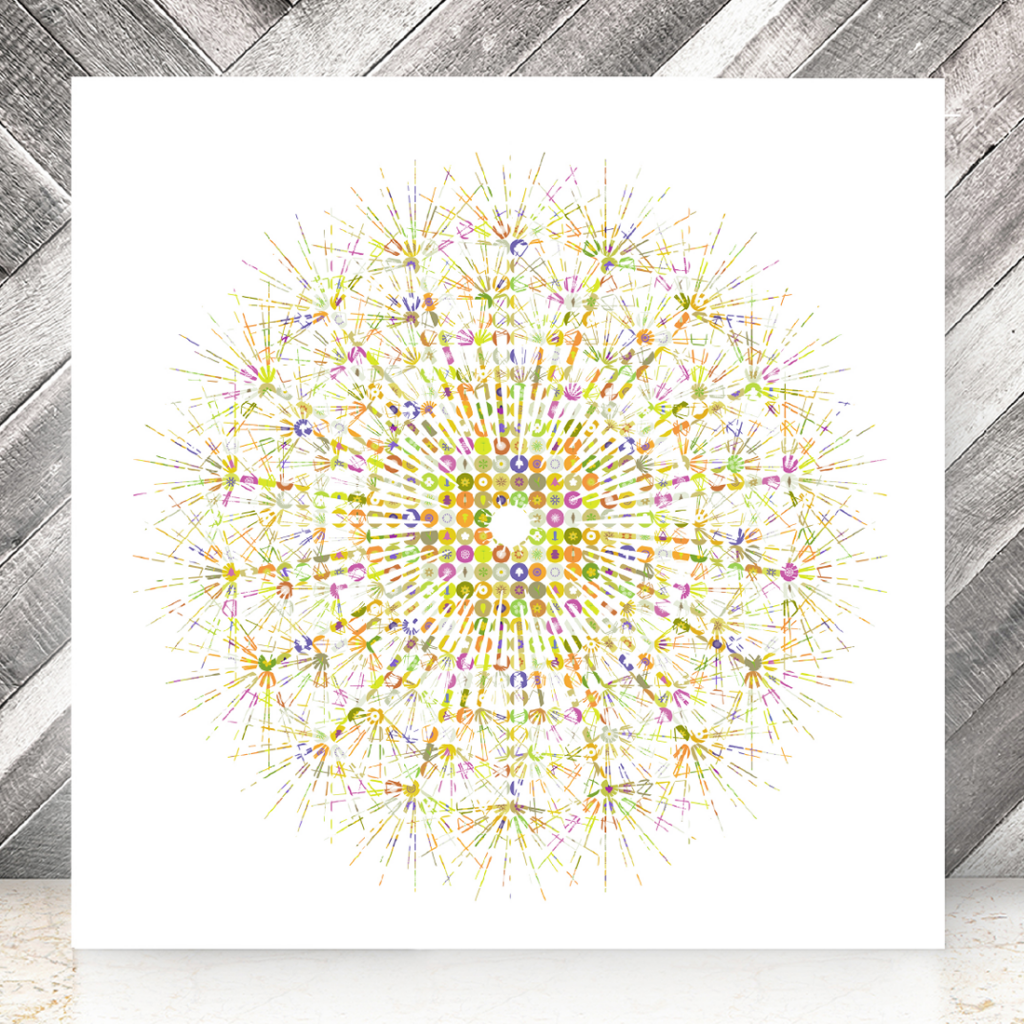



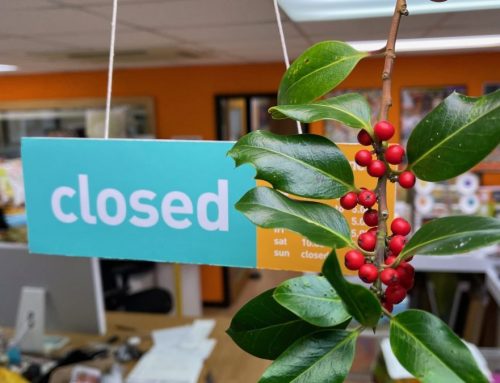
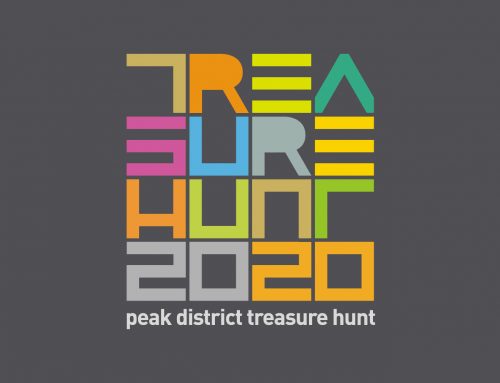
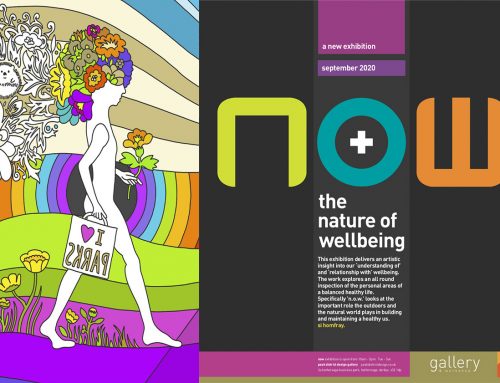

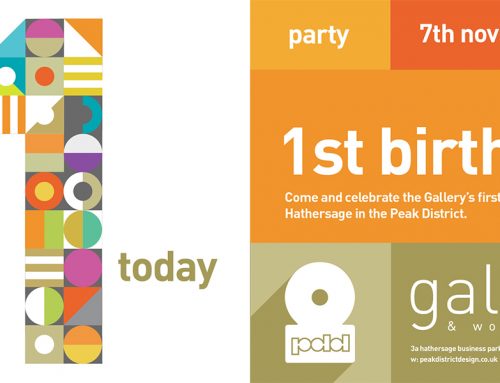
Leave A Comment